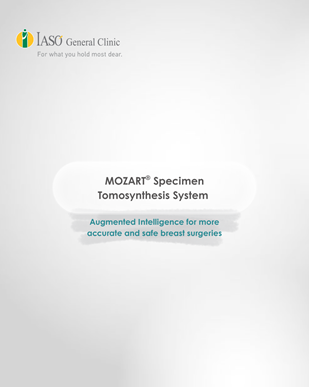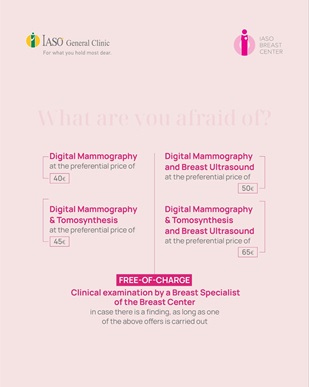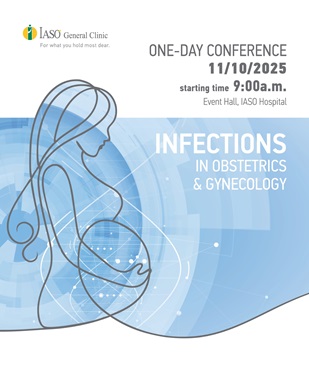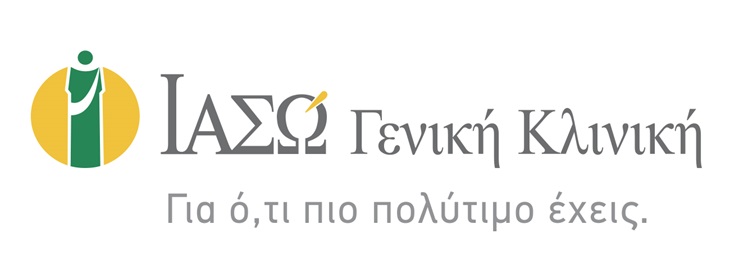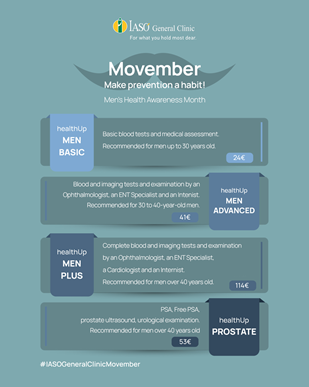
Maternity Clinic Inpatient Handbook
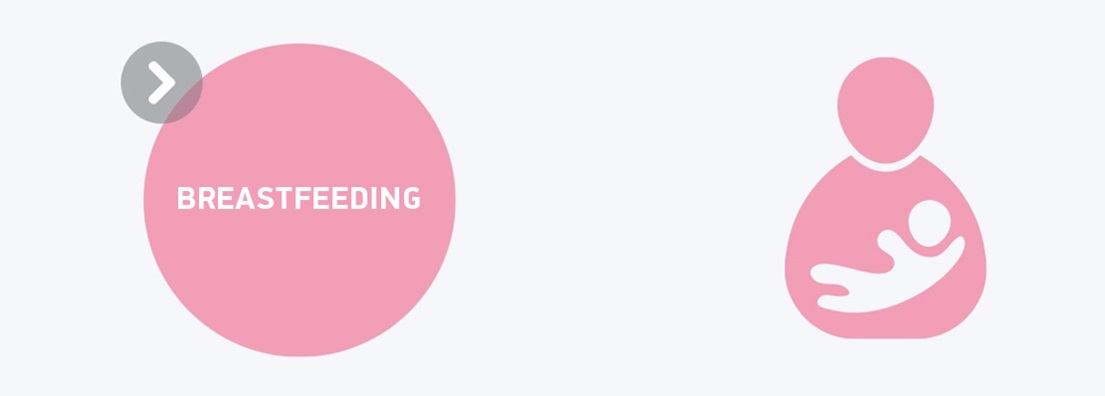
According to the laws of nature, the mother’s embrace and breastfeeding are fundamental and self-evident steps, immediately after birth. Let’s try to respect that.
The first strong bond between the mother and the infant begins immediately after childbirth. Within the first hour, the physical contact of the mother and her baby is very important – the first loving hug, skin-to-skin contact – and it is considered the most suitable time for breastfeeding initiation.
Breastfeeding is not just a matter of instinct for the baby, it needs to be taught both to the mother and to the newborn. The first days after childbirth at the maternity hospital are pivotal for the mother and her baby to get to know each other and communicate.
The newborn often seeks, almost 24/7, the embrace of the mother, the physical contact with her and, of course, its food, which can be none other than breast milk. This process is perfectly natural and occurs until the mother recognizes the needs of her baby and they start working together as a team.
Supporting the needs of mother and baby, IASO assists by offering free rooming-in practice, which is performed in most maternity hospitals in Europe.
Short user manual "How to start breastfeeding"
-
Environment
It should be supportive, and the surroundings calm and pleasant. During breastfeeding the mother needs to be concentrated. Stress and fatigue are inhibitors that affect satisfactory milk production, while, on the contrary, rest, calmness and confidence promote successful breastfeeding. -
Breast/nipple care
Hands should be washed before each breastfeeding to prevent spreading germs. Make sure to bathe, washing the breasts with soap and water once a day. Before and after breastfeeding, you may simply clean them with water. Breast milk also has antiseptic properties, so by making sure that it dries on your nipples after breastfeeding, it can be the main nipple care. -
The mother’s position
During breastfeeding, your preferable position should be the one that makes you feel comfortable. If you prefer to sit while breastfeeding, you may have a pillow on your knees to bring the baby closer to the breast. -
The baby’s position
The baby should be lying on the side and facing the breast. Hold your breast underneath, while with the other hand hold your baby. -
Breastfeeding position
When the baby looks for the breast and opens the mouth widely, bring them towards your breast, making sure that they clamp with their mouth both the nipple and part of the areola (the dark-colored skin that surrounds the nipple). This way the baby gets more milk, which is more concentrated around the areola, and nipple injury is avoided. -
Proper Breastfeeding
Pain during breastfeeding means that the baby is not positioned properly on the breast. When a baby feeds properly, they sit quietly on the breast, make repetitive suckling movements and their lips look like a "suction cup” on the areola (the dark-colored skin that surrounds the nipple). This way the baby gets more milk, which is more concentrated around the areola, and nipple injury is avoided. -
Baby meals
Every baby has different needs and drinks the same amount of milk at different times. Meals never last the same and the baby can regulate on their own the amount they need. During each breastfeeding, it is better for the baby to feed from one breast and when it is emptied, the other can be offered. -
After breastfeeding
The baby is held upright, resting on the breast to release the air swallowed during breastfeeding (burping). The safest sleeping position for the baby in the crib is on their back, or turned to the side without a pillow.
If the baby is crying, despite having been fed, and the duration of breastfeeding is short, you should not worry about the adequacy of milk. It is recommended to feed them again, avoiding breast milk substitutes or other liquids. The problem is usually temporary, as frequent and incessant meals are settled in around the first 6 weeks. -
Milk adequacy signs
Steady weight gain which must be checked every 10 days in the beginning and every month afterwards, as well as the neonate’s behavior and general condition (crying, sleep time, color, tone, urination, bowel movements, etc.).






